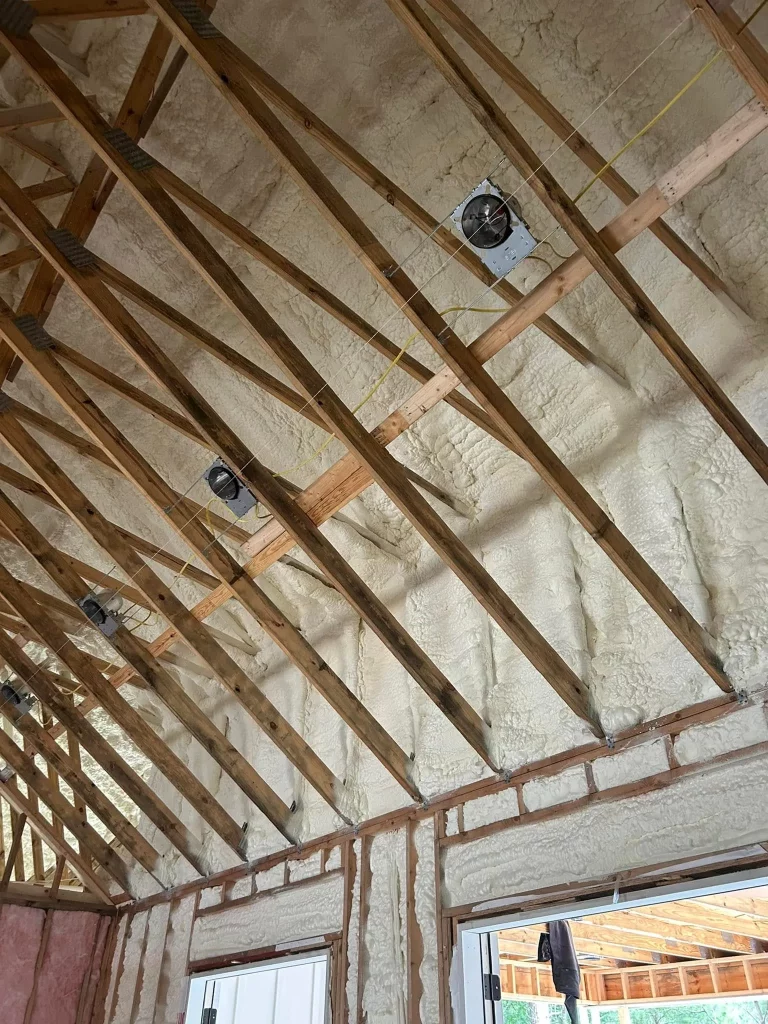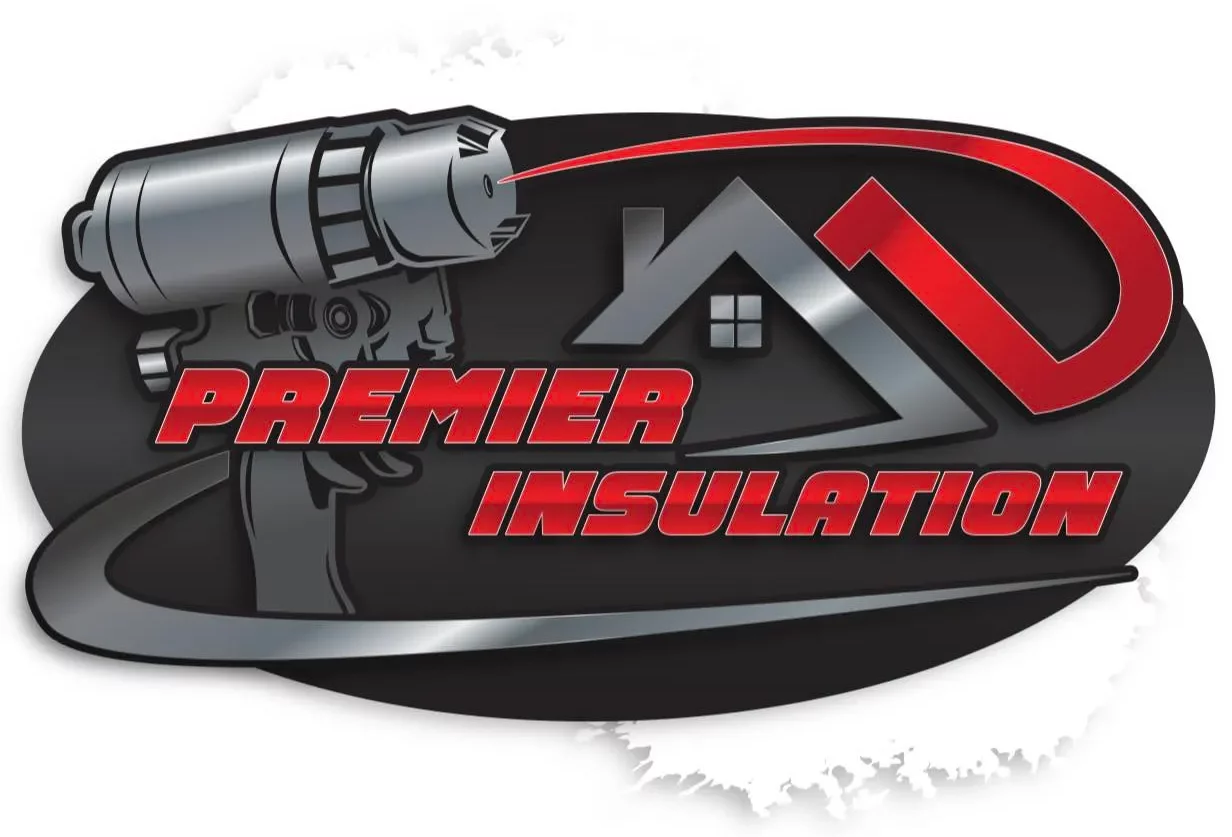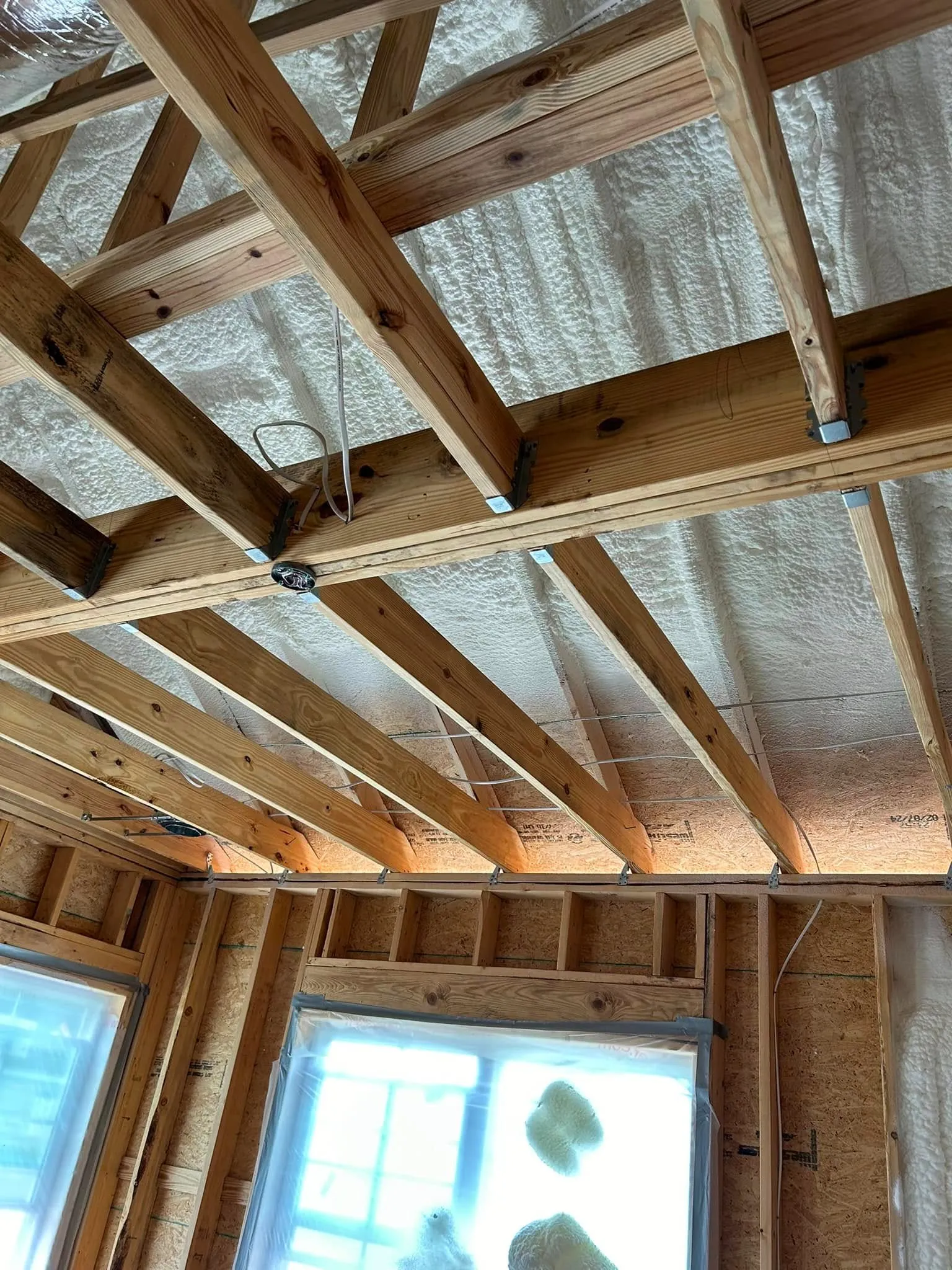A proper insulation system makes a Tallahassee home feel more solid by creating a stable indoor environment that blocks out external noise, maintains consistent temperatures, and protects the structure from moisture damage. In this humid subtropical climate, where summers bring intense heat and humidity while winters stay mild but damp, insulation acts as a barrier that keeps the inside world separate from outside fluctuations. Homeowners often describe the difference as their house suddenly feeling sturdy and quiet, like a fortress against the elements.
This article breaks down the mechanics behind that sensation, from thermal stability to soundproofing, with practical details tailored to local conditions. Readers will gain clear steps to assess their own setups. Information here draws from direct work on hundreds of local residences, showing how insulation upgrades lead to noticeable changes in daily comfort.
What Defines a Solid Feel in a Home
People sense a home’s solidity through quiet spaces, even temperatures, and a lack of creaks or drafts. In Tallahassee, frequent rain and temperature swings amplify these issues if walls, attics, and floors lack adequate barriers. Insulation fills gaps in building materials, reducing vibrations and heat transfer that make a house feel flimsy.
For example, uninsulated walls let humid air seep in, causing wood to expand and contract. This leads to subtle shifts that unsettle occupants. A full system, including materials like fiberglass batts or spray foam, locks everything in place. [Image: Cross-section of an insulated wall showing layers that block air movement]
How Insulation Stabilizes Temperatures
One key way insulation achieves this solidity is by stabilizing indoor temperatures against Tallahassee’s variable climate. Insulation traps heat in winter and keeps it out in summer, which cuts down on the hot-and-cold cycles that make rooms feel unstable. Tallahassee homes face average summer highs near 92°F with high humidity, per data from the National Oceanic and Atmospheric Administration. Without insulation, air conditioning runs constantly, creating uneven cooling that leaves some areas stuffy.
Proper coverage in attics and walls maintains a steady 70-75°F inside, regardless of outdoor spikes. This consistency reduces strain on HVAC systems and prevents the “hollow” echo of air rushing through unbarriered spaces. Market data shows that homes with R-30 attic insulation save up to 20% on cooling costs in southern states, according to the U.S. Department of Energy.
Bonus Tip for Tallahassee Homes
Check attic vents during rainy seasons; blocked ones trap moisture, undermining insulation. Clear them annually to preserve thermal performance and ensure smooth transitions to other comfort aspects like noise control.
Insulation’s Impact on Noise Reduction
External sounds like traffic on I-10 or neighborhood activity penetrate thin walls easily, making a home feel exposed. Insulation absorbs sound waves, turning a noisy environment into a peaceful one. Dense materials, such as cellulose or rock wool, fill cavities and dampen vibrations before they reach living areas.
In urban Tallahassee spots, this means fewer disruptions from lawn mowers or storms. Studies indicate that adding insulation between floors cuts noise transmission by 50%, based on research from the National Institute of Building Sciences. Residents report sleeping better and concentrating more, as the house buffers daily sounds.
Protecting Structural Integrity
Moisture from Florida’s humidity warps framing and siding if not controlled. Insulation with vapor barriers stops condensation buildup, keeping wood dry and rigid. This prevents the sagging or popping noises that signal weakness.
Over time, solid insulation supports the building envelope, reducing settling from soil shifts common in the region’s sandy soils. Homes with comprehensive systems last longer without major repairs, as they resist the wear from 50+ inches of annual rainfall.
| Insulation Type | R-Value per Inch | Best for Tallahassee Use | Noise Reduction Benefit |
|---|---|---|---|
| Fiberglass Batts | 2.9-3.8 | Walls and attics in standard framing | Moderate; absorbs mid-range frequencies |
| Spray Foam (Closed-Cell) | 6.0-7.0 | Crawl spaces prone to humidity | High; seals gaps completely |
| Cellulose Blown-In | 3.2-3.8 | Attics with irregular shapes | Good; dense fill quiets vibrations |
| Rigid Foam Boards | 3.8-5.0 | Exterior sheathing | Low but adds mass for stability |
This table compares common options, highlighting how each contributes to a firmer feel through thermal and acoustic properties.

Energy Savings and Overall Comfort
Building on the structural protection, insulation further enhances comfort through significant energy savings. Beyond basics, insulation lowers utility bills by minimizing energy loss. In 2022, Florida households spent an average of $1,800 on electricity, with cooling accounting for 40%, per the U.S. Energy Information Administration. Upgraded systems drop that by sealing leaks, leading to a more reliable indoor climate.
Comfort comes from fewer drafts and balanced humidity levels, which make furniture and floors feel steady. This setup also improves air quality by limiting dust and pollen entry, common allergens in Tallahassee’s oak-heavy pollen seasons.
Bonus Tip from Local Projects
Test for air leaks with a simple incense stick; smoke curling toward outlets signals spots needing more insulation. Address them to boost solidity without full overhauls.
Things to Consider Before Making a Decision
Assess current setup by checking energy bills for spikes in summer months. Look for signs like uneven room temperatures or outside noises indoors. Budget for materials based on home size; a 1,500 sq ft house might need 500-1,000 sq ft of coverage.
Factor in local codes, which require minimum R-38 in attics for new builds. Consider climate specifics: prioritize moisture-resistant types to handle 80% average humidity. Weigh long-term gains against upfront costs, as payback occurs in 3-5 years through savings.
Evaluate contractor experience with regional challenges, like retrofitting older homes built before 1980s energy standards. Test small areas first if unsure.
Common Questions
When is the best time to install spray foam insulation?
Homeowners often wonder about installation timing. Best periods fall in dry months, like fall, to avoid trapping construction moisture.
What are the pros and cons of DIY spray foam installation?
Another frequent query involves DIY versus pros; simple attic top-offs work for handy types, but wall cavities demand tools for even distribution.
Does spray foam insulation affect a home’s resale value?
Many ask if insulation affects resale value. Yes, it can increase it by 5-10% in hot climates, showing buyers the home’s efficiency.
Bonus Tip for Upgrades
Pair insulation with sealing around windows; this combo amplifies the solid feel by stopping micro-movements from air pressure changes.
Key Takeaways
Proper insulation delivers a solid feel by stabilizing temperatures, muffling sounds, and safeguarding against moisture in Tallahassee’s climate. Tables and tips show practical paths forward. Evaluate your home’s current state against these factors, match needs to local weather patterns, and plan for lasting benefits that align with efficiency goals.
Next Steps for a Sturdier Home
Contact Premier Insulation at (229) 554-3939 or premiereinsulationga@gmail.com to discuss specific options based on your setup. Schedule a review to identify gaps and explore materials suited to the area. This step ensures choices fit your home’s unique demands without unnecessary expense. (78 words)
Sources
- National Oceanic and Atmospheric Administration – Provides climate data for Tallahassee, including temperature and humidity averages relevant to insulation needs in humid regions.
- U.S. Department of Energy – Offers guides on insulation benefits, including energy savings data for southern U.S. homes.
- National Institute of Building Sciences – Publishes research on building performance, such as noise reduction from insulation materials.
- U.S. Energy Information Administration – Supplies statistics on household energy use in Florida, supporting claims on cooling costs and efficiency gains.
Answers to Key Questions
Does insulation really quiet a home that much?
Yes, it absorbs sound effectively. Materials like foam fill gaps where noise travels, reducing echoes by up to 60% in tests. In Tallahassee, this helps against storm rumbles.
How soon do you notice the difference after installation?
Most feel changes within days, as temperatures even out quickly. Noise drops immediately once materials settle.
Can old homes in Tallahassee get proper insulation?
Absolutely. Techniques like blown-in methods fit existing structures without major disruption, tailored to humid conditions.
What R-value suits local weather?
Aim for R-30 to R-49 in attics and R-13 in walls to handle heat and dampness effectively.
Does it help with high humidity issues?
It does, by blocking moist air entry. Closed-cell foams add vapor resistance, preventing mold in crawl spaces common here.


